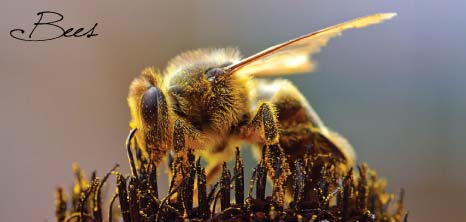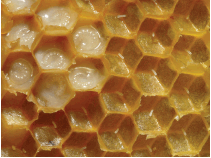|
BeesIn Barbados, the large black bumble bee (Xylocopa spp.) and the honey bee (Apis mellifera) are the most common bees on the island.
Bumble BeesThese early morning foragers are commonly known as carpenter bees because of the way in which they build their nests. A process that involves burrowing holes in dead trees, branches, stumps and/or old timber. They use their broad, strong mandibles (jaws) to chew into their chosen future homes. Inside, they form pollen/nectar loaves upon which they lay their giant eggs. The female mixes her saliva with sawdust to form strong partitions between each egg cell.
Bumble bees are excellent pollinators of just about any vegetable and flower.
|




 The worker bee then returns to the hive where it regurgitates for the hive bee. This is now ingested by the hive bee and further broken down. The hive bee then regurgitates the inverted nectar into a cell of the honeycomb.
The worker bee then returns to the hive where it regurgitates for the hive bee. This is now ingested by the hive bee and further broken down. The hive bee then regurgitates the inverted nectar into a cell of the honeycomb.